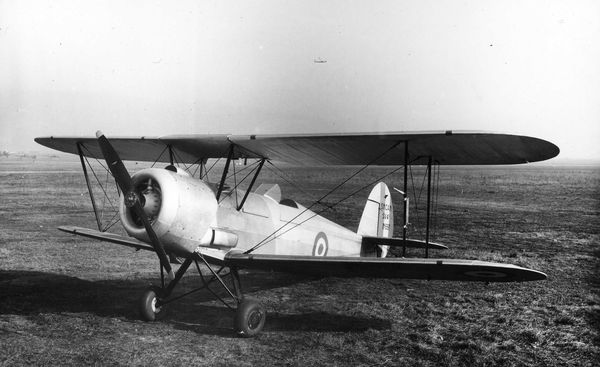 Stampe SV.4
Stampe SV.4
A highly successful biplane two-seat trainer and sports aircraft that has been sold widely since 1933.
Wingspan: 8.385 m (27 ft 6 in)
Length: 6.80 m (22 ft 4 in)
Height: 2.775 m (9 ft 1 in)
Wing area: 18.06 m² (194.4 ft²)
Empty weight: 520 kg (1146 lb)
Max take-off weight: 770 kg (1697 lb)
Powerplant: 145hp de Havilland Gipsy Major VI or Blackburn Cirrus Major II
Maximum speed: 188 km/h (116 mph)
Cruise speed: 140 km/h (87 mph)
Service ceiling: 6,000 m (20,000 ft)
Range: 420 km (260 miles)
 Stampe SV.5/ SV.9
Stampe SV.5/ SV.9
A military biplane basic trainer that was first flown in 1933. It was designed for to meet a military requirement and eventually a batch was procured in 1938 to a modified design SV.9 with a metal, variable-pitch propeller and upper wings moved 2 cm rearward to improve the centre of gravity. Export versions include; the SV.6 with a 350hp Armstrong Siddeley Cheetah, the SV.7 with a 500hp Pratt & Whitney Wasp Junior and spoilers under the upper wing and the cheaper SV.8 with a 240hp Armstrong Siddeley Lynx IV radial.
Wingspan: 10.52 m (34 ft 6 in)
Length: 8.04 m (26 ft 4 in)
Height: 3.04 m (10 ft 0 in)
Wing area: 26.7 m2 (287 ft2)
Empty weight: 890 kg (1,960 lb)
Gross weight: 1,340 kg (2,950 lb)
Powerplant: 340hp Armstrong Siddeley Cheetah X
Maximum speed: 272 km/h (151 mph)
Service ceiling: 7,150 m (23,500 ft)
Endurance: 3 hours 30 min






